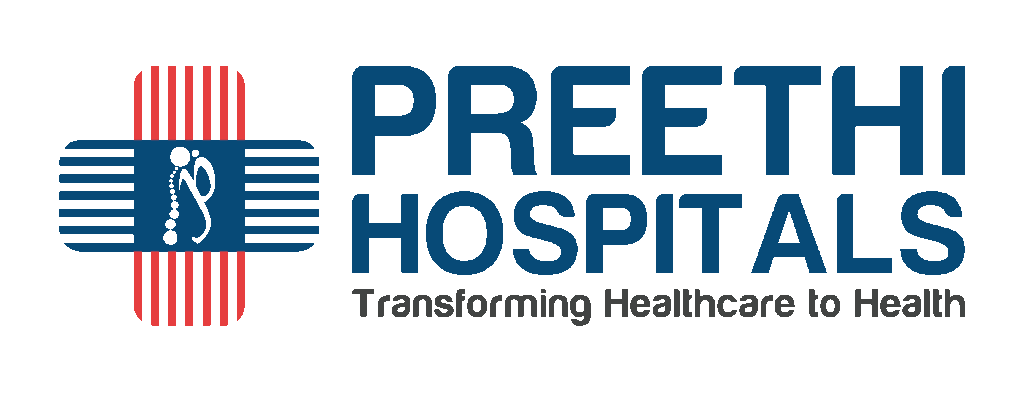Physiotherapy
- Home
- Physiotherapy

About Department
Physiotherapy
We here at Preethi Hospital have six well trained physiotherapists, under the supervision and leadership of senior orthopaedic consultants and senior physiotherapists. The team work obtained from the doctor and consultants from each and every department like Ortho, Neuro, Cardio and Gynaecology.
"Surgeons give life to physiotherapists make the Patient live the life"
Activities
Physiotherapy
Our team has a goal-oriented approach that includes a comprehensive approach, support, and advice. Our physical therapy team is an integral part of our clinical practice and a firm part of the support team for our consultants.








